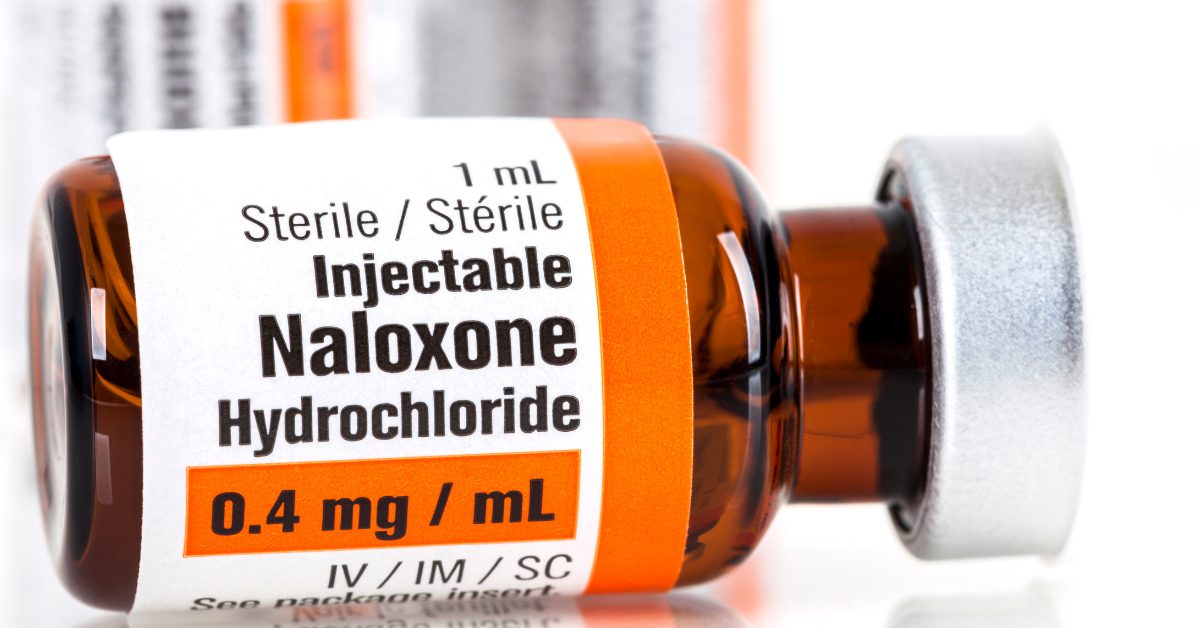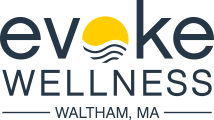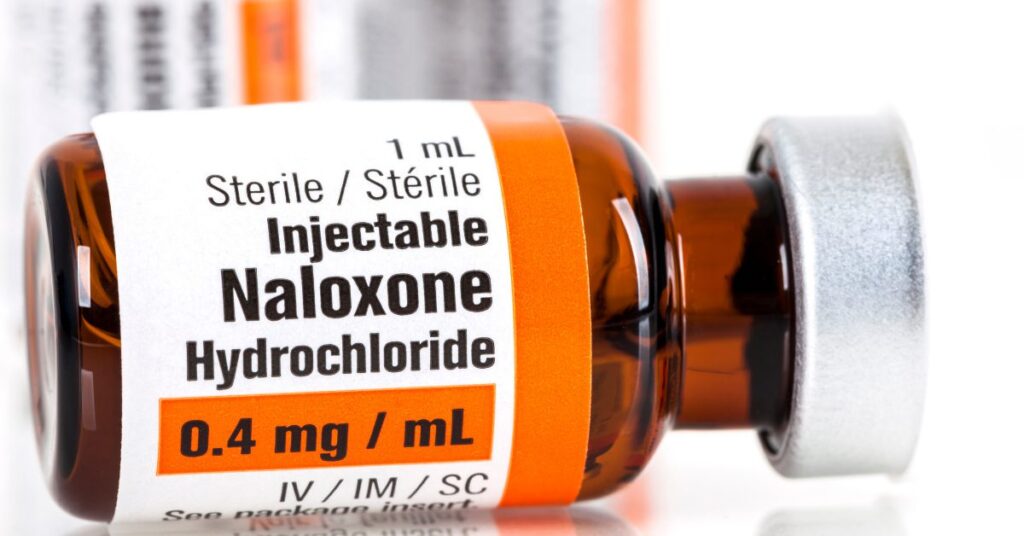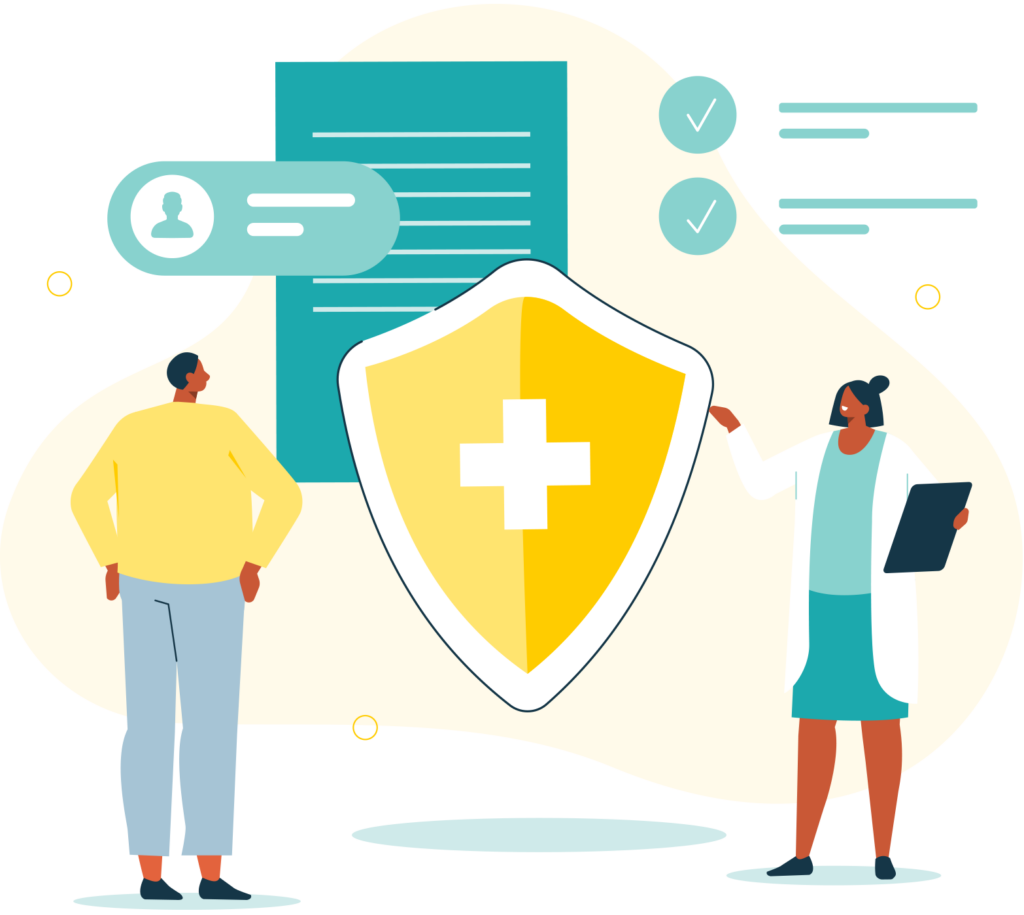Is Naloxone Addictive?
Naloxone, also known as Narcan, is a drug that reverses an opioid overdose in a rapid fashion. Is it an addictive substance? Who can have Naloxone? What is the side effects of this substance?
Naloxone, also known as Narcan, is a drug that reverses an opioid overdose in a rapid fashion. It is known as an opioid antagonist. This means that it attaches itself to the opioid receptors in your brain and body and reverses and blocks the effects of other opioid drugs. Naloxone has the ability to restore normal breathing it their breathing is shallowed or has stopped due to an overdose. Naloxone can reverse the effects of opioids such as heroin, fentanyl, oxycodone, hydrocodone, codeine, and morphine.
Naloxone is given to a person exhibiting signs of an opioid overdose or when an overdose is suspected. It can either be administered as a nasal spray or injected into the muscle, vein or under the skin.

Is Naloxone an Addictive Substance?
The short answer is no, Naloxone is not an addictive substance. Naloxone is not an opioid, so it can not be abused, unlike other medications commonly used to treat opioid addiction. It is a short-acting medication that has been approved by the Food and Drug Administration to be used to reverse the effects of an opioid overdose in a quick fashion. Finally, unlike many other controlled substances with a high potential for addiction, naloxone is available without a prescription.
The Side Effects of Naloxone
Naloxone is an opioid antagonist. This means it will block the effects of opioid drugs and medications by binding itself to the opioid receptors in your brain. When naloxone is given, it can cause symptoms that mirror the symptoms of opioid withdrawal. These symptoms can include chills, fever, body aches, nausea, diarrhea, stomach pain, nervousness, restlessness, and dizziness. The thing is, these symptoms are not actually caused by naloxone itself. Instead, they result from what happens when the opioids already in your system are blocked from the opioid receptors.
Who Can Have Naloxone?
Naloxone can be given to any person who is at high risk of falling into an opioid overdose. It can also be given to family members or friends as a precautionary measure. Many good Samaritans may even also carry this on them, especially if they live in an area where opioid use is very prevalent. A person, family member, or a first responder will likely want to administer a dose of naloxone if the overdose is unresponsive, has shallowed, slowed, or irregular breathing has pinpoint pupils or is turning blue in the lips, nose, or fingers.
The Opioid Overdose Crisis
Naloxone has the power to save so many lives from an opioid overdose. While the number of opioid overdose deaths has increased every year, so have the number of naloxone prescriptions that have been filled at pharmacies around the United States. According to the National Institute on Drug Abuse,
In 2019, nearly 50,000 people in the United States died from opioid-involved overdoses.1 The misuse of and addiction to opioids—including prescription pain relievers, heroin, and synthetic opioids such as fentanyl—is a serious national crisis that affects public health as well as social and economic welfare.
Start Sober Journey at Evoke Waltham TODAY!
If you or someone you love is suffering and stuck in the cycle of opioid addiction, it is important to remember they do not have to end their lives with an addict’s death. Treatment for opioid addiction starts with willingness and work and continues with working on yourself every day. The first step at getting sober is getting into a medical detox where the drugs can be expelled from your system in a safe environment. After that, you will want to get involved in a treatment program to treat your addiction at its core. For help, today, don’t hesitate to give us a call.


